In 1895, Italian economist Vilfredo Pareto wrote about a mathematical formula he discovered modeling the distribution of wealth in his country and every other
country he studied. Pareto observed that twenty percent of the population owned eighty percent of the land. Eventually others found similar distributions that applied to their own situations. Dr. Joseph Juran, a quality management expert working in the US in the 1930s and 40s recognized a universal principle he dubbed the “vital few and trivial many.”
As a result, Juran’s observation that 20 percent of something is responsible for 80 percent of the results became known as Pareto’s Principle, or the 80/20 Rule.
The 80/20 Rule simply means that in any situation, a few (20 percent) are vital and many (80 percent) are trivial. Put another way, the 80/20 rule states that the relationship between input and output is rarely, if ever, balanced. In Pareto’s case it meant 20 percent of the people owned 80 percent of the wealth. In Juran’s case he discovered that 20 percent of manufacturing defects were causing 80 percent of all problems. You can apply the 80/20 Rule to almost anything.
In fact, 20 percent of your staff and colleagues probably give you 80 percent of all the support you need. Don’t take them for granted, because true advocates like
them are rare. You probably read trade journals and books, and I’ll bet 20 percent of them supply 80 percent of your knowledge in those subjects.
And what about those jobs around the house that you’ve been meaning to get around to doing? The 80/20 Rule means that that if you have a list of ten items to
do, two of those items will turn out to be worth as much or more than the other eight items put together. The 80/20 Rule can be harnessed in many ways for your business. And when I say 80/20, that’s really an approximation. Sometimes it might be 70/30, sometimes 85/15, you get the idea. The crux of the concept is that a small amount of something is responsible for the vast majority of results. Even how you spend your time is subject to the 80/20 Rule. Ever notice that 20 percent of your efforts is responsible for 80 percent of your success? And the reverse is also true: 80 percent of your efforts is only responsible for 20 percent of your success.
Look familiar?
You’re in the 80 percent (the less desirable) segment of your efforts if…
- You’re working on tasks that aren’t in your area of expertise.
- You’re spending time on tasks other people want you to do, but you get little or nothing in return.
- You’re doing a lot of prep work that’s setting you up for the “real” work.
- Tasks are taking much longer than you thought they would.
- You’re frequently putting out fires and working on “urgent” tasks.
- You’re not happy, you’re complaining, or you don’t feel a sense of accomplishment upon completion of your tasks.
However, you’re in the 20 percent (the more desirable) segment of your efforts if…
- You’re outsourcing or hiring people to do the tasks outside your area of expertise or ones you prefer not to do.
- You’re engaged in activities that help to advance your purpose and achieve your goals.
- You’re knocking out tasks quickly, especially the “core” work that needs to be done.
- You’re doing things you enjoy and feel good about.
- You may be working on tasks you don’t like, but you’re doing them knowing they contribute to the bigger picture.
- You’re happy, smiling, and you feel a deep sense of accomplishment upon completion of your tasks.
So how does the 80/20 Rule apply to the marketing funnel? And what is this funnel anyway?
First, the 80/20 Rule. You’re probably aware that 80 percent of your income is determined by 20 percent of your customers. If that’s not the case, then you are
likely missing out on a lot of profitable opportunities. Let me explain. If your customers contribute to your profits on a one-to-one ratio (1:1), then that
means your business model is set up so that once a customer buys from you, you never sell to them again. One opportunity. One sale. End of the line. Time to move on to the next customer…
But if you continue to sell to them again and again, you’ll ultimately discover that there are certain customers who will buy more often and spend more money with you over the long haul than others. Some will still buy once, and you’ll never hear from them again. That’s fine. It’s going to happen no matter what system you have in place.
But your system will play a major role in determining what those top “20 percenters” will ultimately spend with you. And whether you have a top 20 percent
to begin with.
These folks are your “A” clients, your “A” customers. They’re the ones you want to treat like royalty. Just like the 20 percent of your staff and colleagues who are true advocates for you, your “A” customers are true advocates for your company. And they show their loyalty by purchasing from you, and by referring your business to others.
Let me give you an example that illustrates just how powerful referrals can be. I recently started a referral program for my copywriting business. In the first two
weeks alone, I had over $23,000 in new business sent my way. All by referrals. And that doesn’t even count the joint venture partnerships in the works, where I expect the real business to come from.
So the system you want to employ should have a built-in bias towards encouraging your customers to:
- Make bigger purchases with cross-sells and up-sells.
- Purchase more often.
- Graduate towards making bigger ticket purchases, those that give you greater and greater profits.
- Become an advocate for your business and refer others to
you.
The system should also provide a strong incentive, an “ethical bribe” if you will, for the people in your target market (i.e. your prospects) to raise their hands and
become your leads. Willingly and voluntarily.

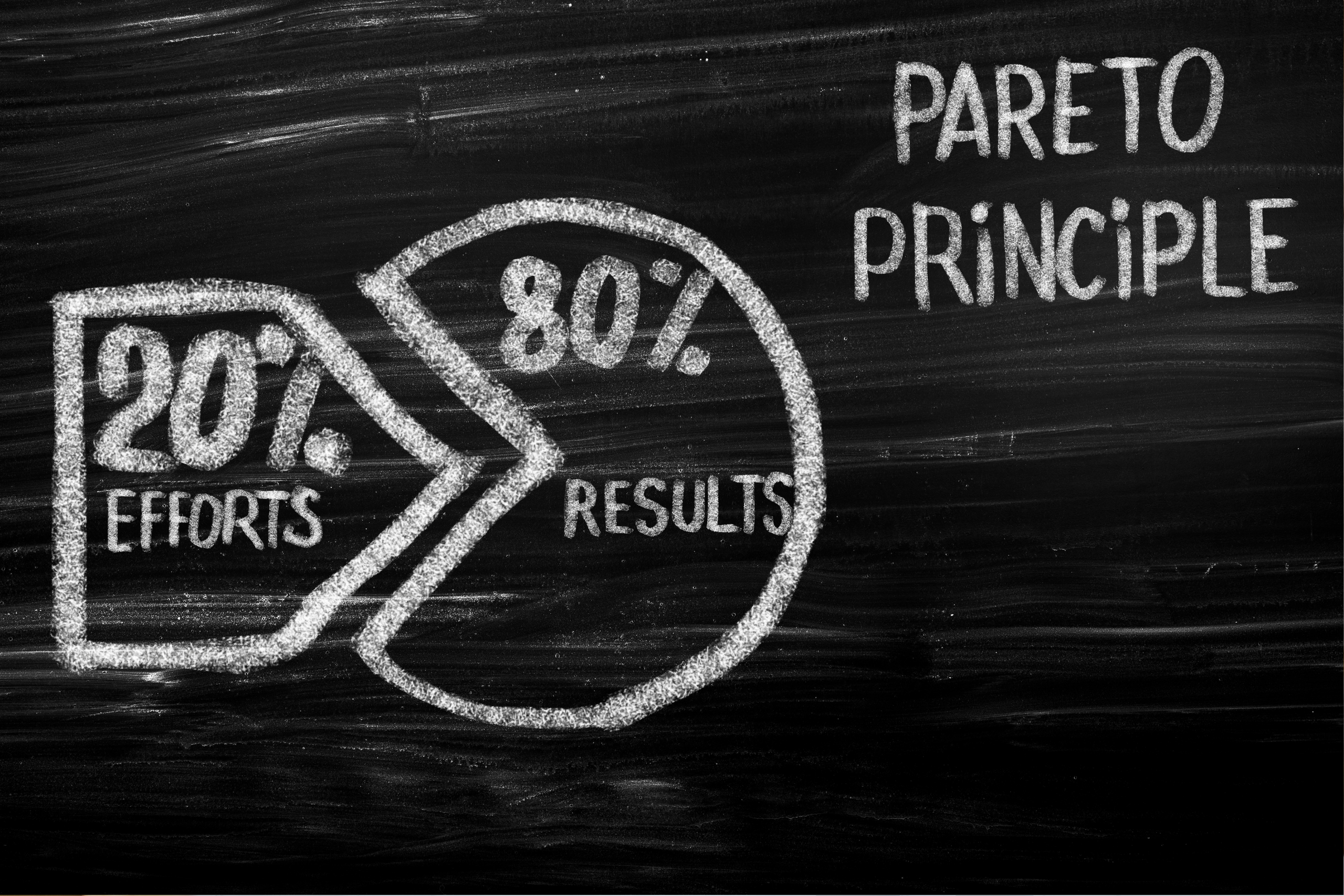
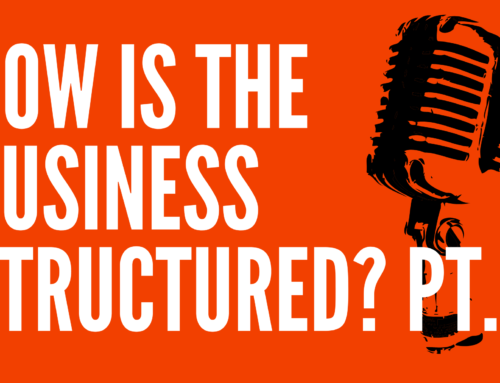
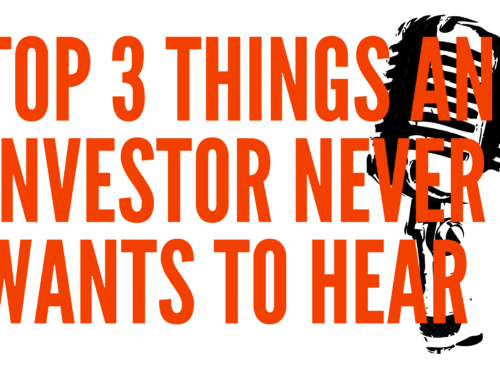

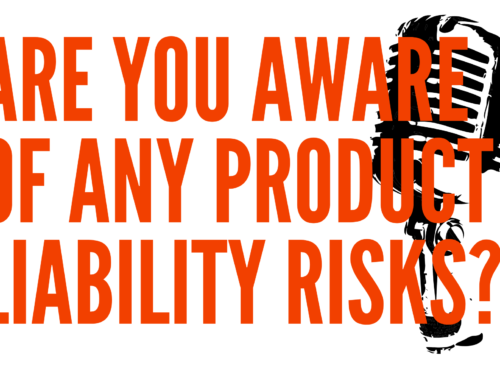
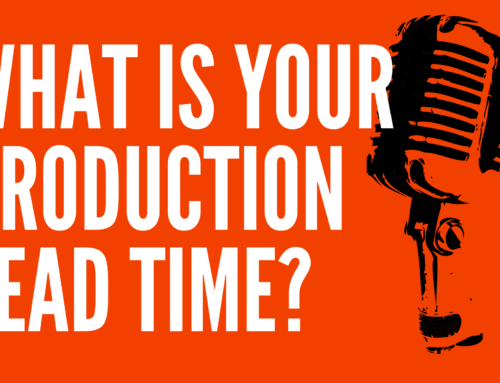
Leave A Comment